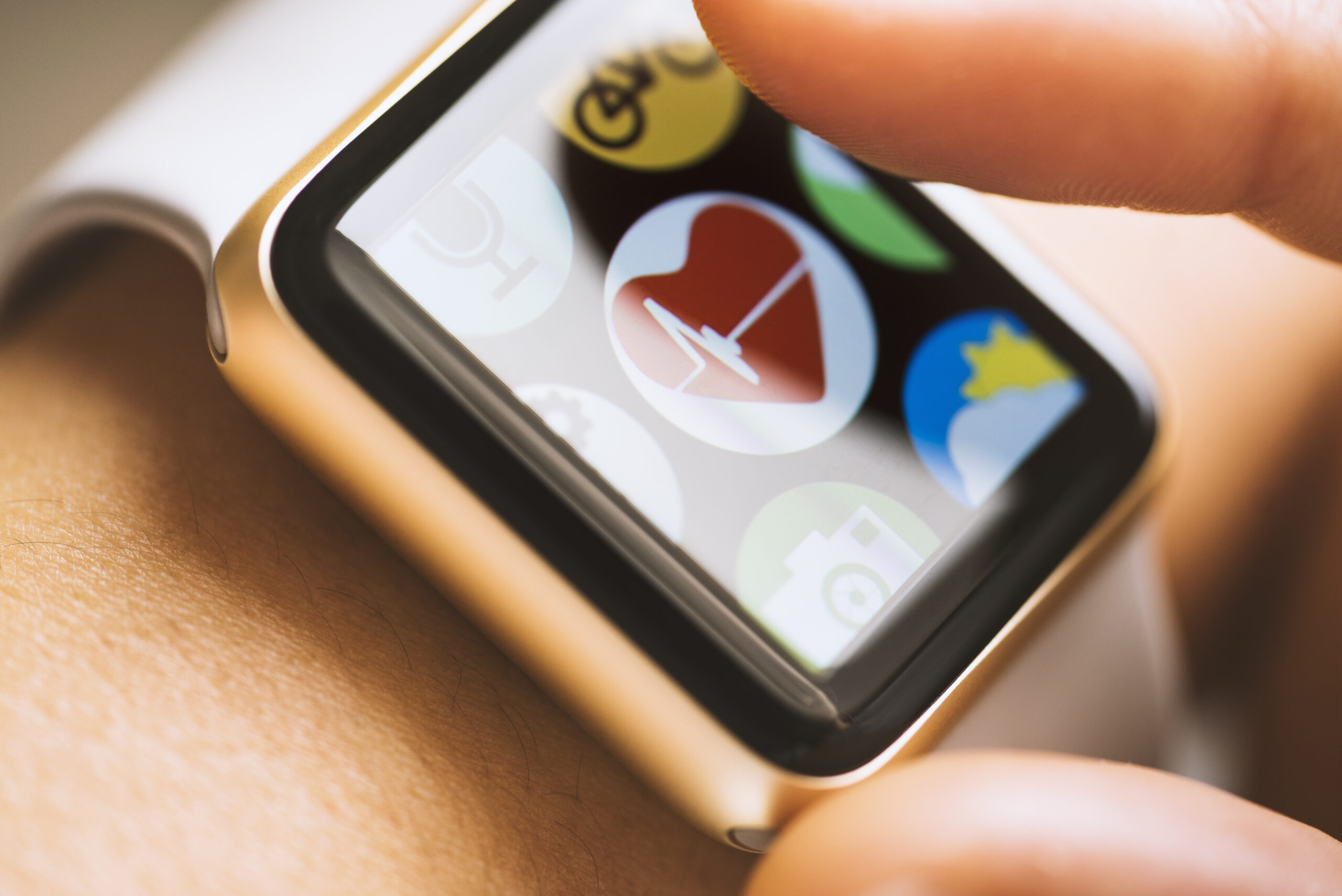
Cardiac arrest affects nearly 1,000 people a day—not only those with known heart issues, but people who may think they are healthy and have no obvious risk factors. Cardiac arrest strikes all ages, ethnicities, genders, and activity levels. There are more than 356,000 out-of-hospital cardiac arrests annually in the United States, and nearly 90 percent are fatal.[1] Cardiac arrest is largely unpredictable and strikes with little warning. While prompt treatment is critical, patient education about heart health and risk factors, and the prevention of avoidable heart diseases such as coronary artery disease (CAD) and congestive heart failure, are especially important.
Consider these statistics:
- Cardiovascular disease-related deaths jumped from 874,613 in 2019 to 928,741 in 2020, the largest single-year increase since 2015, according to the 2023 update to the American Heart Association’s (AHA’s) heart disease and stroke statistics.
- The United States age-adjusted mortality rate increased for the first time in many years by nearly five percent.[2] While COVID-19 is thought to have contributed, the presence of underlying and underdiagnosed heart disease was essential to this increase.
Cardiac arrest can happen to people with and without known heart disease. Because of the dramatic increase in out-of-hospital cardiac arrests and sudden cardiac deaths, and the low survival rates—despite progress in research and intervention training—the National Institutes of Health is emphasizing the importance of increased public education and awareness. This education involves not only understanding the risks of cardiac arrest, but also public knowledge of what to do if they witness someone lose consciousness, which may be related to a cardiac arrest. All adults and even teenagers are encouraged to learn and maintain skills in basic life support (BLS) at an AHA certified educational center.[3]
Cardiac arrest vs. heart attack
Many people use the terms “heart attack” and “cardiac arrest” interchangeably, but patients often don’t understand that they are different health events. The former involves the disruption of blood supply to the heart tissue, and the latter is an electrical malfunction of the heart muscle.
A heart attack can cause cardiac arrest, but not all cardiac arrests are caused by heart attacks.
Certain lifestyle factors and chronic conditions do exacerbate a patient’s risk for either condition, such as a sedentary lifestyle, poor nutrition, high blood pressure, high cholesterol, and substance abuse disorder. Industry studies have also indicated that COVID-19 infection may weaken the heart and place patients at risk for an irregular heartbeat or heart failure.[4]
Patients are also at risk for sudden cardiac arrest if they have one or more of the following risk factors:
- CAD, which can be symptomless, irregular heartbeat (arrhythmia), blood vessel abnormalities, or a family history of heart disease
- Prior heart attack or heart failure
- Are aged 50 and over
- Males have a higher risk than females
- Black, African American, or Hispanic ethnicity, especially if other conditions are present such as diabetes, high blood pressure, heart failure, or CKD
- Recreational drug use
Ethnic minority groups remain most affected by heart disease risk factors and saw the largest increases in cardiovascular deaths, according to the AHA. This is thought to be due to a larger proportion of patients in these groups that are more likely to have cardiovascular risk factors such as obesity and diabetes, as well as social determinants of health such as limited resources and access to care.
The growing risk among younger patients
Cardiac arrest is an alarming and growing trend among younger patients—otherwise healthy people in their 20s, 30s, and 40s—according to industry research.[5] High-profile health events among well-known professional athletes such as the cardiac arrest suffered by National Football League player Damar Hamlin of the Buffalo Bills, and his remarkable recovery, have brought the issue to the forefront recently. Abnormal heart rhythms (arrhythmias) cause most sudden cardiac arrests, the most common of which is ventricular fibrillation.
Some researchers have also hypothesized that the increase in heart failure deaths among younger people could be related to the rising trend of obesity and diabetes among young adults.
A recent national survey found that many young people may not know what their risk is, with more than 47 percent of adults under age 45 believing they had no risk for heart disease.[6] Heart disease accounts for almost one in five deaths among adults between the ages of 25 and 64, according to a recent review in Trends in Cardiovascular Medicine. Heart events are more common in young men, but young women are more likely to die in the first year after an attack because they are more likely to have diabetes or smoke, which increase the risk for complications.
Prevention While the genetic factors contributing to a patient’s risk for CAD can only be monitored and mitigated, following a heart-healthy lifestyle can minimize their risk. The principles of good heart health and prevention are the same for all heart-related conditions, which include:
- Stress management
- Healthy sleep habits
- Avoiding tobacco products and vaping
- Heart-healthy diet
- Limited alcohol intake
- Regular exercise and maintenance of a healthy weight
- Heart screenings for congenital or existing heart conditions
Provider resources
The following coverage policies are available on the Cigna for Health Care Professionals portal (CignaforHCP):
• Transthoracic Echocardiography in Adults
• Cardiac Imaging & Diagnostic Studies
o Cardiac Rehabilitation (Phase II Outpatient) Ambulatory External and Implantable Electrocardiographic Monitoring
o Genetic Testing for Hereditary Cardiomyopathies and Arrythmias
[1] Latest Statistics | Sudden Cardiac Arrest Foundation (sca-aware.org)
[2] Cardiovascular deaths saw steep rise in U.S. during first year of the COVID-19 pandemic | American Heart Association
[3] Basic Life Support BLS Training | American Heart Association CPR & First Aid
[4] How SARS-CoV-2 contributes to heart attacks and strokes | National Institutes of Health (NIH)
[5] Many young people don’t believe they are at risk for heart disease, survey finds (news-medical.net)
[6] Heart Attacks Increasingly Common in Young Adults – American College of Cardiology


